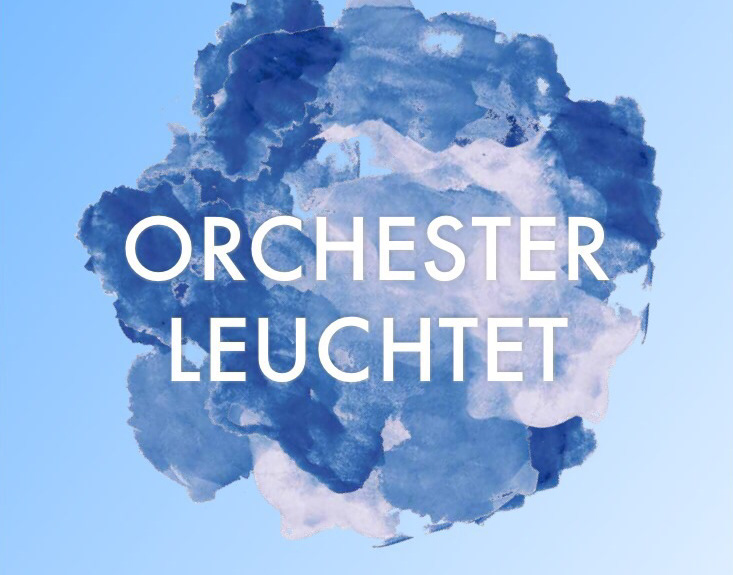2002 - 2008 / Designers Toolbox I & II
When I first started to work at Bauhaus-University Weimar in 2002, my boss, Professor Sattler went into a sabbatical. Before he left, he told me to think about what I deem necessary to adjust the design education to the new digital possibilities. I had found that very few students had sufficient knowledge in software, internet and digital tools in general. Nobody had ever introduced them systematically to filesystems, the internet or 3D modelling – not at school, not at university. The wide spread use of Apple computers had further confused them about the nature of digital data and processes by keeping them in the dark about what was really going on. At the same time the faculty got serious funding for a new computer pool and I was chosen to spend most of it. While I had to spend the major part on expensive Apple computers, there was still room to create another pool. By choosing quite cheap PC computers I could buy 20 workstations with Wacom tablets, several scanners, a projector, a soundsystem, a photo and a videocam. As the falculties system administrator had it actually in his contract that he was only responsible for Apple computers (hello nineties!) I had to promise to administrate the pool – which I did for the next 6 years. With Prof. Sattlers approval, I introduced the Toolbox I class, mandatory for all product design students in the first semester, introducing them to Photoshop, Freehand, InDesign, 3D-Studio, Dreamweaver, FTP and digital workflows in general. In the next semester, with the support of my colleagues Gregor Sauer and Andreé Reutter I introduced Toolbox II, which took things further with Vectorworks, SolidWorks, Combustion, Max/MSP+Jitter and hardware tinkering. As we did not have sufficient human resources in the faculty I also created a system of tutor led classes, where elder students – that were already somewhat advanced in software based workflows – held specialist workshops for the beginners. This not only empowered the tutors but also showed the younger students, that greater knowledge was in reach and helped to tear down the resentments that were still at large in the early day of digital design work. I am happy to see, that now – ten years later – Toolbox is still alive, while the “Petzi” Pool has turned into the "Open Process Lab" and still functions as hub between the digital, interactive and analog workflows in the product design education.
You may also like











